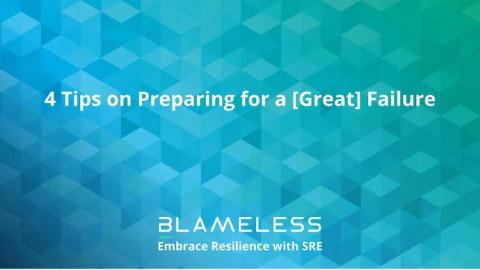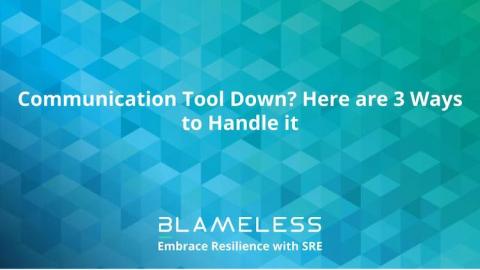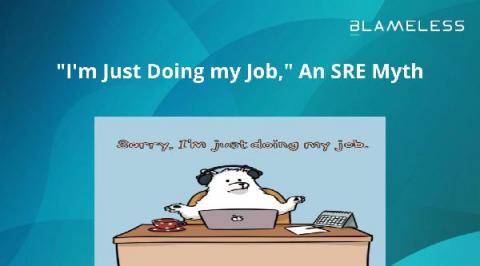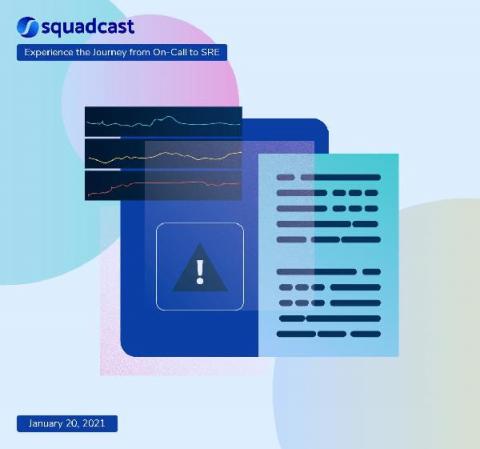Operations | Monitoring | ITSM | DevOps | Cloud
SRE
The latest News and Information on Service Reliability Engineering and related technologies.
4 Tips on Preparing for a [Great] Failure
On Not Being a Cog in the Machine
This is my first week here as the first dedicated SRE for Honeycomb, and in a welcoming gesture, I was asked if I wanted to write a blog post about my first impressions and what made me decide to join the team. I’ve got a ton of personal reasons for joining Honeycomb that may not be worth being all public about, but after thinking for a while, I realized that many of the things I personally found interesting could point towards attitudes that result in better software elsewhere.
Communication Tool Down? Here are 3 Ways to Handle it
Beginners Guide to Incident Postmortems
Successful and blameless postmortems can turn incidents into a gift of learning and prevent repeat mistakes.
"I'm Just Doing my Job," An SRE Myth
Who Else Wants to Increase Development Velocity?
7 Tips On Building And Maintaining An SRE Team In Your Company
Take the first step toward SRE with Cloud Operations Sandbox
At Google Cloud, we strive to bring Site Reliability Engineering (SRE) culture to our customers not only through training on organizational best practices, but also with the tools you need to run successful cloud services. Part and parcel of that is comprehensive observability tooling—logging, monitoring, tracing, profiling and debugging—which can help you troubleshoot production issues faster, increase release velocity and improve service reliability.











